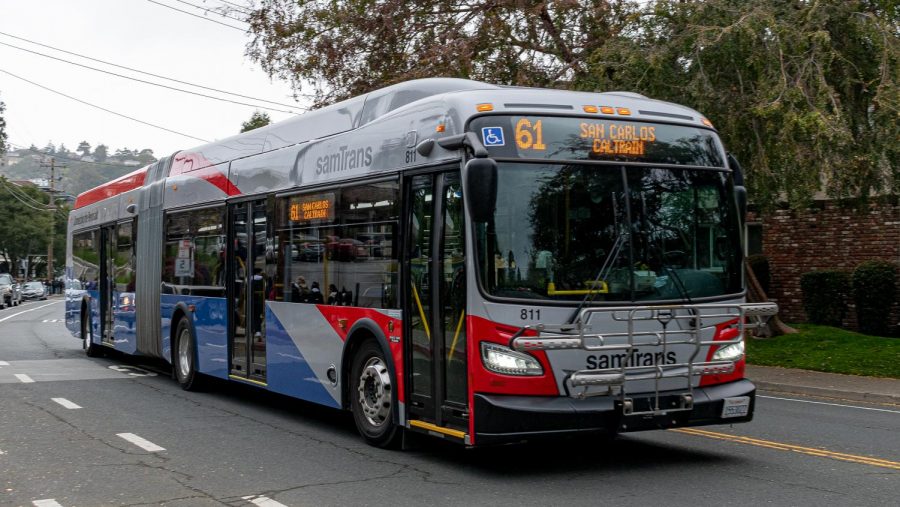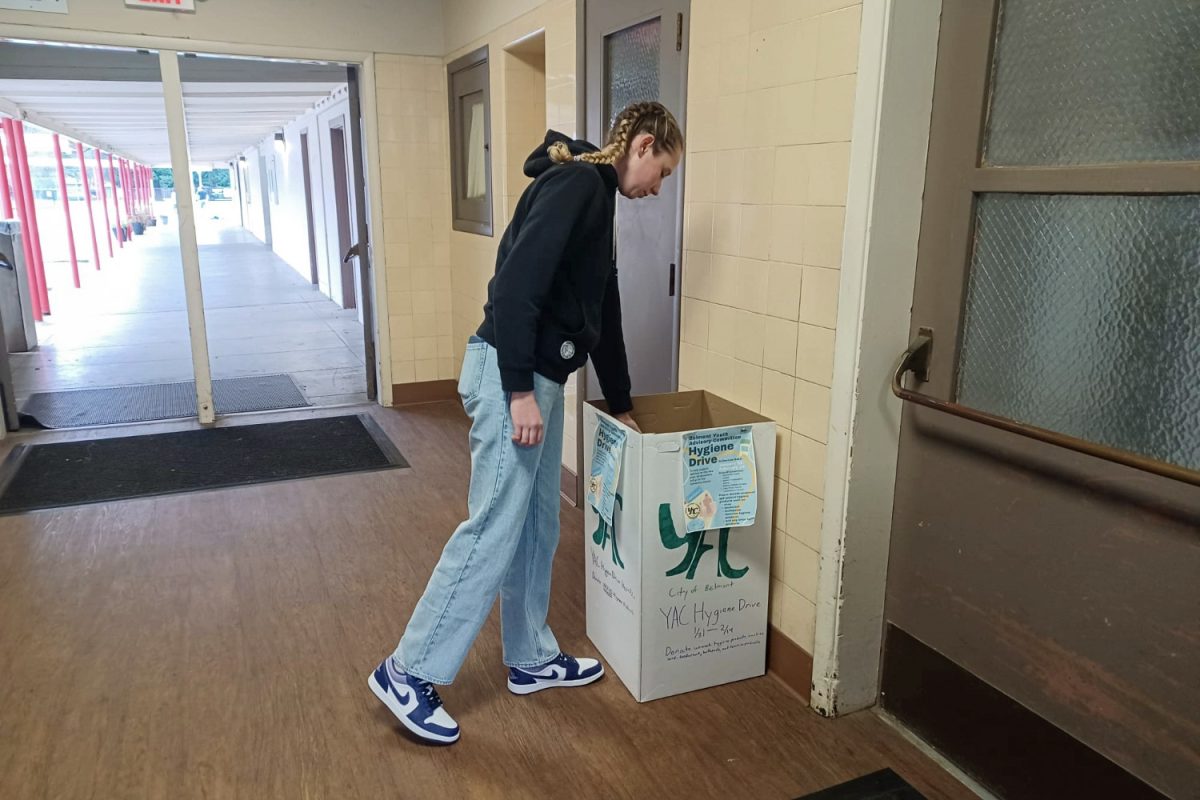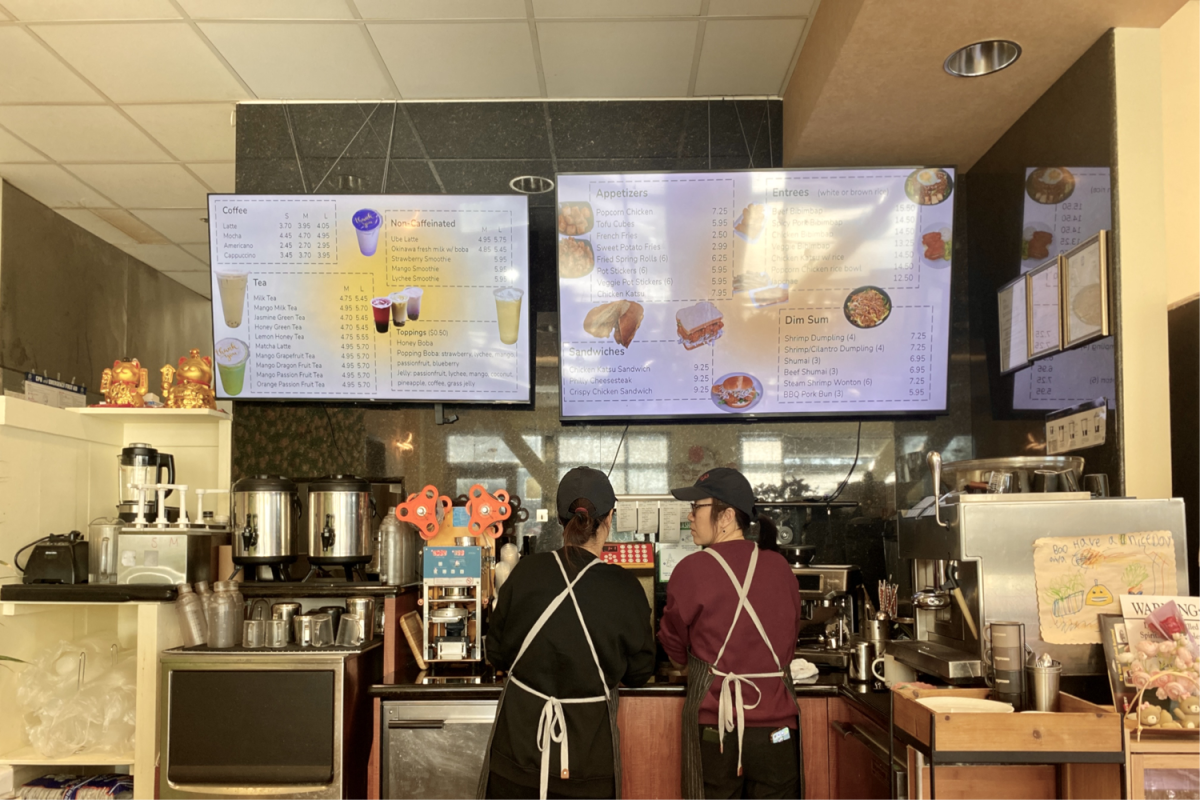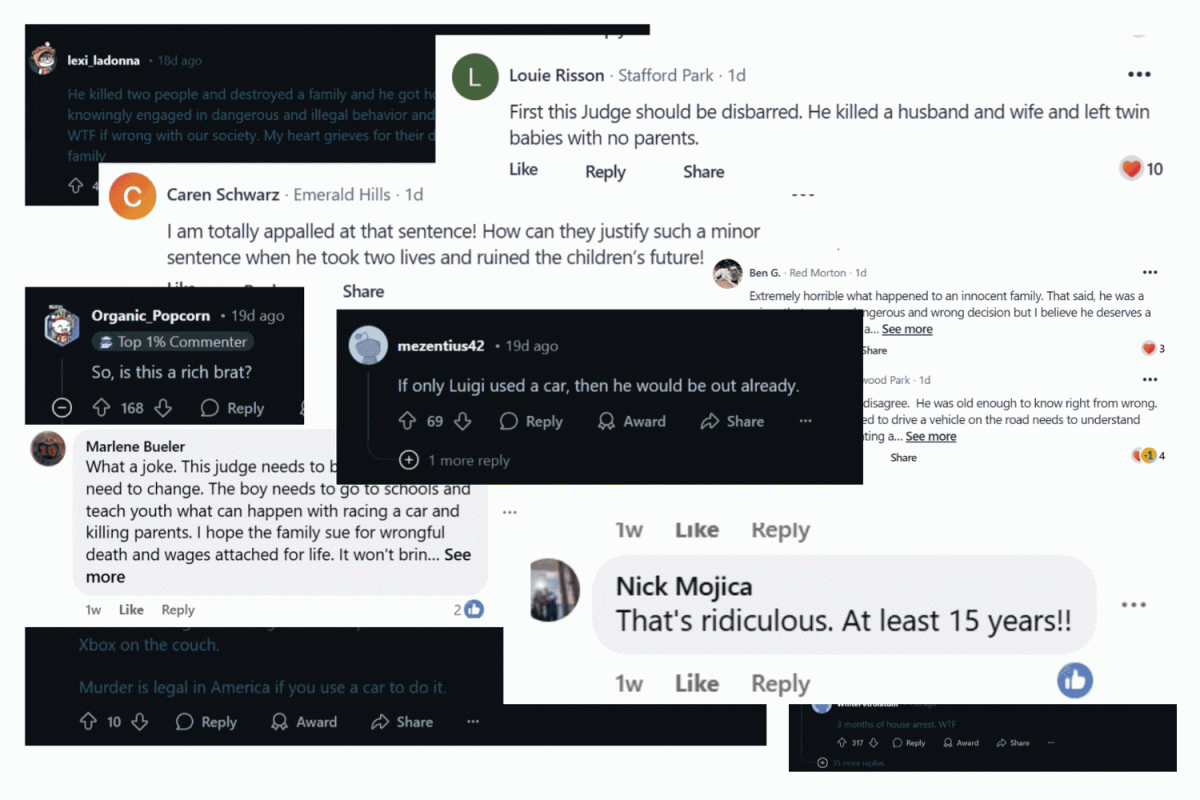Following other regional transit agencies, SamTrans has modified its fare structure and ticketing systems to better align with the needs of modern commuters.
Placed into effect on Jan. 1, 2020, the changes aim to simplify how commuters interact with the bus system. Some of the changes target making the management costs for the agency more feasible, allowing for funds to be reallocated.
While there has not been enough time to see whether the new fare structure truly benefits riders, the agency promises it has considered many implications.
“SamTrans has established a policy which helps staff identify when a major service change would have the potential to impact minority passengers,” said Daniel Shockley, a member of the SamTrans planning department.
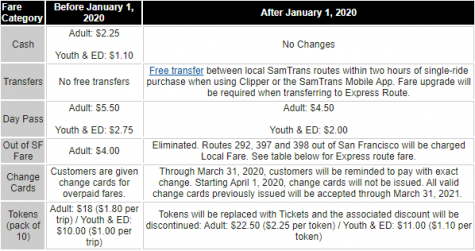
A table describing the new SamTrans fare changes.
Following in the footsteps of nearby transit agencies such as the San Francisco Municipal Railway (MUNI) and Valley Transportation Authority (VTA), the new structure permits for riders to transfer between routes as many times as needed within a two-hour window. This comes as no surprise after a SamTrans agency survey found that 28% of passengers transferred at least once during their trip.
“These proposals will increase ridership by about 2% per year,” Shockley said.
Under the new policies, tokens – a bundle of ten bus tickets sold at local merchants for a discounted price, will be discontinued. Additionally, the cost associated with maintaining the system is substantial, and the Clipper Card has made the system obsolete. Many students in Belmont have previously used tokens to pay their fare when commuting to school.
Tokens are now replaced with identical paper alternatives.
“I think that it’s a good idea for the tokens to be replaced by the cards,” said Justin Li, a sophomore. “If you think about it, the tokens weren’t too environmentally friendly – they came in plastic packaging and also must have been a pain for the bus company to manage and issue.”
With this change, it is no longer possible for a student to ride the bus for $1 unless they apply for and use Clipper, a local transit smartcard. With this incentive, SamTrans hopes that more students will apply for the card.
Although unrelated to the fare changes, SamTrans also recently launched a campaign seeking input from the public. It defines a structured process that incorporates public opinion into the foundation of future bus transport.
“Thank you to the voters of San Mateo County for passing Measure W,” said Charles Stone, vice-mayor of Belmont. “I suspect if Measure W had not passed, we would be having a very different discussion about our fare changes right now.”

